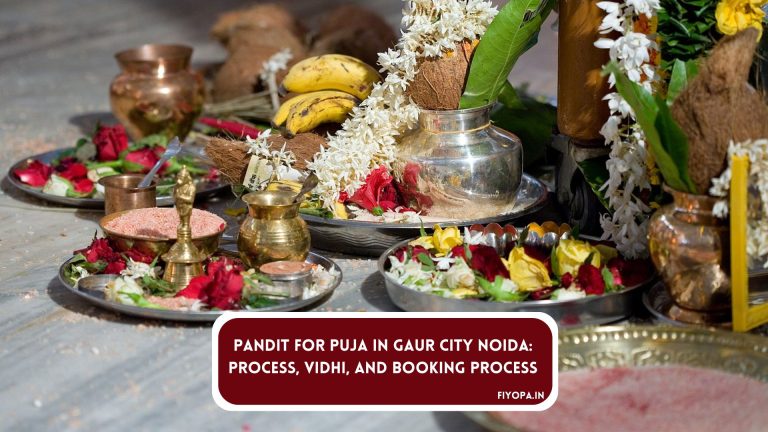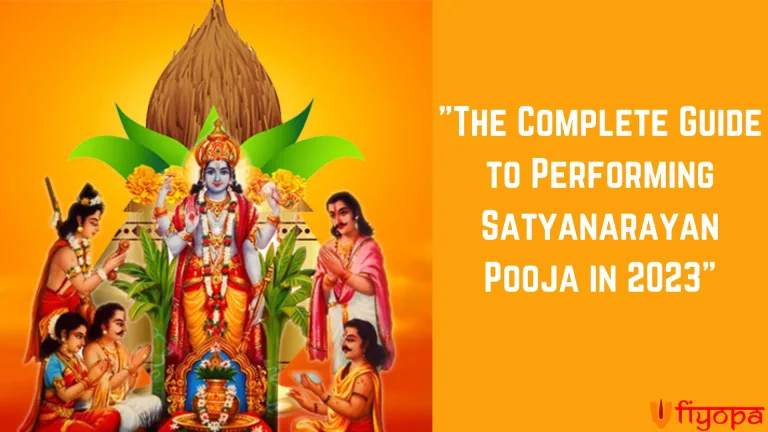Laxmi Puja 2024: Date, Time, Significance & Traditions

The prominent form of worship of Goddess Laxmi, known as a donator of wealth, prosperity, and fortune, is called Laxmi Puja. Diwali is special for its festive atmosphere, and many households also perform the Laxmi Puja in her honor. The Maha Laxmi Puja is conducted during the Festival Time on the pious night of the Laxmi Chaturdashi on Friday, November 01, 2024.
In this article, we will discuss when it is best to perform Laxmi Puja in 2024 when it falls on a festival that is celebrated across the country. What started as a few individuals performing the same ritual has now grown to be done by countless people across the world. Continue reading to see when and how people perform this time-honored ceremony, as well as its cultural background and present-day meaning.
Laxmi Puja 2024: Date and Muhurat
Laxmi Puja, in 2024, is expected to be performed on Friday, November 1st. This day is considered to be one of the most significant days during the Diwali puja where the devotees worship Goddess Laxmi who is said to bless with bounty and success on the day.
Auspicious Muhurat (Timings)
Best Time for Performing Laxmi Puja in 2024
The Laxmi Puja is most of the time performed during Pra-dosh ’Kaal, i.e.; the time which occurs after sunset. In 2024, the following Laxmi Puja Pradosh Kaal muhurat times are observed:
- Pradosh Kaal – 05:36 PM to 08:11 PM
- Vrishabha Kaal – 06:20 PM to 08:15 PM
- Lakshmi Puja Muhurat without Sthir Lagna
- Amavasya Tithi Start – October 31, 2024 at 03:52 PM
- Amavasya Tithi End – November 01, 2024 at 06:16 PM
Once such hours are chosen, the specific characteristics attributed to these periods greatly enhance the performance of puja.
The timing of Pradosh Kaal which in the above chart is about 5.47 to about 8.20 has been emphasized for Laxmi Puja. During that timing range, the period of day and night change and it is very much suitable to perform puja to drive away ignorance and darkness. This time, which is the period of midnight, is said to be the best time to worship Goddess Laxmi. Performing practices in these times and praying during such pujas ensures the effectiveness of the rituals in terms of measures of prosperity, unity, or success for the household for the next year.
Significance of Laxmi Puja 2024
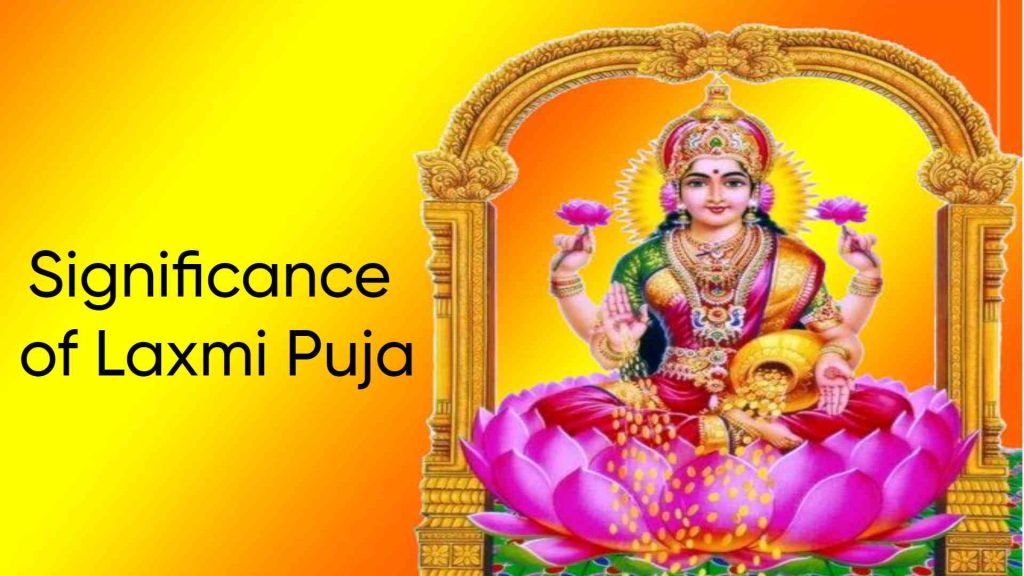
In Hinduism, Goddess Laxmi is known as the goddess of wealth, abundance, and good luck and she is the wife of Lord Vishnu, the protector god of the world. She is frequently shown as a seated woman on a lotus who holds lotus flowers which represent purity, spirituality, and plenty. Whenever she is worshipped, incantations are usually used to bring in wealth, comfort, and all the achievements in family and business. She is the goddess of wealth, hence she brings greater completeness, joy, and a sense of purpose in life.
Significance in Religion and Culture:
The importance of Goddess Laxmi cannot be downplayed especially during Diwali, the festival of lights. Many Christians worship and seek her intercessions to help them bring in wealth and eradicate poverty or suffering from their lives. Through Laxmi Puja, they ask the divine Mother to bless them with wealth and prosperity that they can use in their families and businesses.
In a more spiritual sense, Laxmi signifies not only worldly possessions but also the spirit, that is the inner parts of love, kindness, and compassion that she embodies. She ensures that one’s life does not lack physical aspects or spiritual ones.
Connection of Laxmi Puja with Diwali Celebrations:
Connection of Laxmi Puja with Diwali Celebrations Laxmi Puja is one of the most important aspects during the celebration of Diwali, which is the triumph of light over darkness and good over evil. On the third day of Diwali, called Amavasya or moonless night, people clear and brighten their homes and shops in addition to placing rangoli patterns on the ground to invite Goddess Laxmi into the residence.
It is considered a sign of fortune and success in the coming year. The two rites of cleansing and lighting are metaphors for removing darkness and welcoming goodness, hence, the ritual of Laxmi Puja during Diwali is most suitable for the occasion.
The symbolism of Laxmi Puja:
Every ceremony which is performed during Laxmi Puja is full of significance:
- Diyas: The lighting of these lamps is symbolic of light conquering darkness and ignorance and the arrival of Goddess Laxmi in homes and businesses. In addition, they symbolize clearing any barriers and setting the stage for wealth to be established.
- Sweets and Fruits: Offering of these items during the puja shows wealth and abundance which are integral aspects of our lives. Such items are representative of hopes and the pleasure that comes with these hopes being realized.
- Lotus Flowers: Umrah brings lotus flowers for offering because these flowers symbolise purity and spiritual wisdom and they explain that real prosperity comes when one is free from external pollution just like a lotus which flowers in mud but has no dirt in it.
- Coins and Wealth Symbols: Coins and other emblems of wealth should be placed during puja as they seek to encourage material wealth and success margins during business, hence protecting economic security of the family.
These practices do not in the first place focus on material aspects associated with wealth worship, rather, Laxmi Puja teaches her followers such everlasting principles as thankfulness, modesty, and wealth of spirit.
Related Read:- Makar Sankranti 2025: Date, Time, Significance & Traditions
Laxmi Puja Traditions 2024
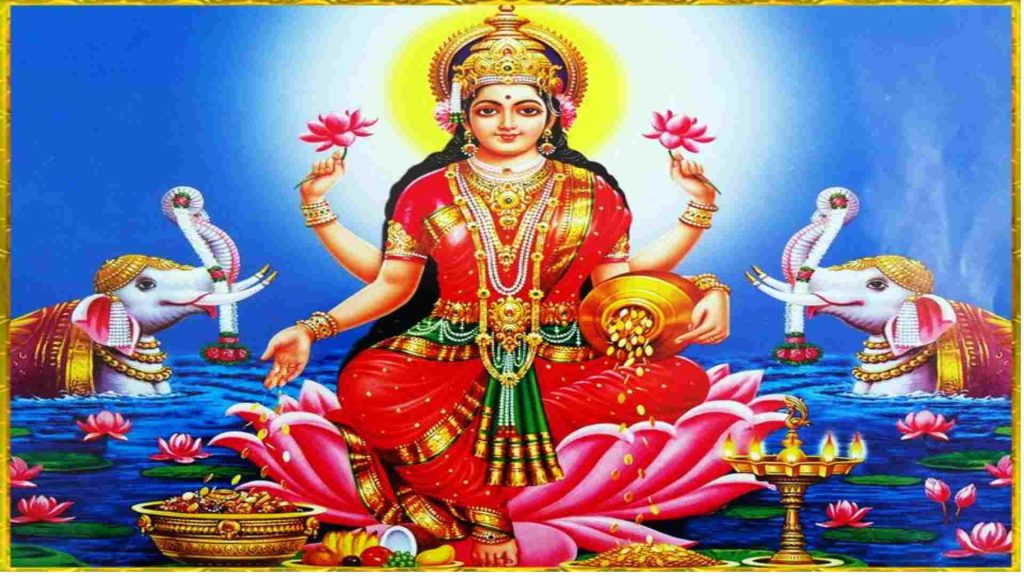
Laxmi Puja traditions are a vibrant and essential part of Diwali celebrations, blending ritualistic worship with cultural customs that vary across regions. The preparation for the puja begins with thoroughly cleaning and decorating homes, as it is believed that Goddess Laxmi only visits spaces that are clean and inviting. Beautiful rangolis are drawn at the entrance to welcome her, and homes are illuminated with diyas (oil lamps) to ward off darkness and negativity.
The puja itself involves placing idols or images of Goddess Laxmi and Lord Ganesha (the remover of obstacles) on a clean altar, symbolizing the importance of both prosperity and wisdom. Devotees offer flowers, sweets, fruits, and money to the goddess, reciting traditional prayers and mantras to invoke her blessings. The lighting of incense sticks, the ringing of bells, and the recitation of Laxmi Aarti further enhance the sacred atmosphere.
Another key tradition is the practice of keeping the lights on all night, symbolizing the continuous presence of wealth and prosperity. Families also engage in the practice of new account book opening (Chopda Pujan), where business people and traders begin their financial year with prayers for success. These rich traditions are not only aimed at seeking material wealth but also spiritual growth, harmony, and well-being for the entire household.
Traditional Practices and Beliefs
Traditional practices and beliefs surrounding Laxmi Puja are deeply rooted in the cultural and spiritual ethos of Diwali. One of the most significant beliefs is that Goddess Laxmi, the bestower of wealth and prosperity, visits only clean and well-lit homes. As a result, thorough cleaning and decorating homes with rangolis and flowers is a key practice before the puja. It is believed that this act not only invites the goddess but also dispels negative energies, making way for positivity and abundance.
Another important practice is the lighting of diyas (oil lamps) and placing them around the home, especially near the entrance, windows, and doors, to guide Goddess Laxmi into the house. The tradition of keeping lamps lit all night is symbolic of driving away darkness and ignorance, ensuring that prosperity stays in the home.
On the day of the puja, families set up an altar with idols or images of Goddess Laxmi and Lord Ganesha. Lord Ganesha is worshipped alongside Laxmi as the remover of obstacles, signifying the need for both wisdom and wealth in life. The rituals include offerings of sweets, fruits, flowers, and coins, symbolizing gratitude for the blessings received and prayers for continued abundance.
There is also a traditional belief that starting new financial endeavors or investments on this day brings good luck. Business owners, in particular, perform Chopda Pujan, where they open new account books or begin new ventures, trusting that the goddess’s blessings will ensure a prosperous financial year.
In many homes, it is also customary to avoid spending money or borrowing on the day of Laxmi Puja, as this is believed to drive away wealth. These practices and beliefs reflect the broader spiritual themes of cleanliness, positivity, and the importance of balance between material wealth and spiritual well-being.
Laxmi Puja in Different Regions
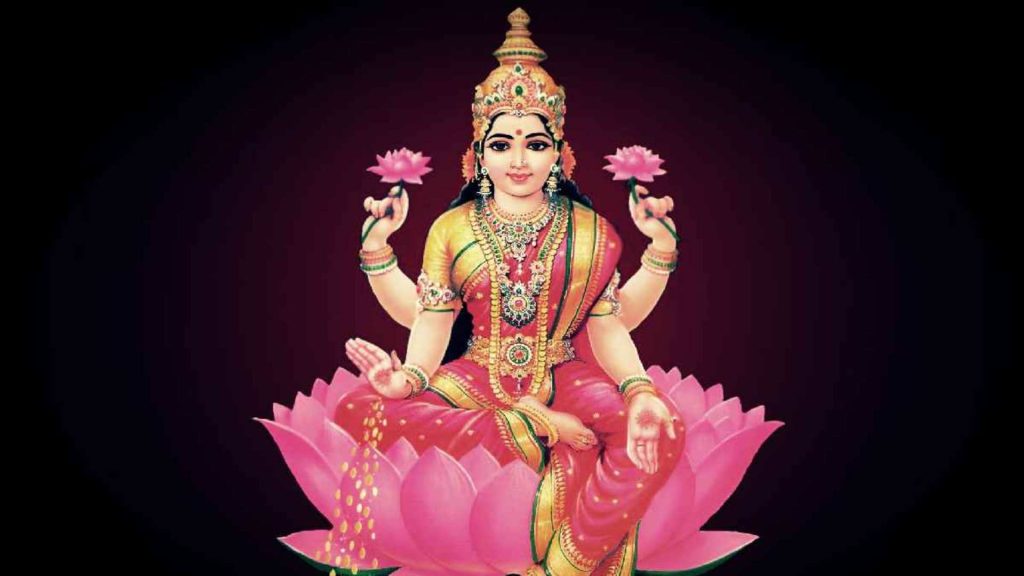
Laxmi Puja is celebrated with diverse traditions and customs across different regions of India, each adding a unique cultural flavor to the festivities.
In North India, especially in states like Uttar Pradesh, Delhi, and Punjab, the day of Laxmi Puja coincides with the grand celebration of Diwali. Homes and businesses are adorned with clay lamps (diyas), and elaborate puja rituals are performed with family gatherings. People also burn fireworks to celebrate the triumph of light over darkness, symbolizing the goddess’s blessings.
In Western India, particularly in Maharashtra and Gujarat, Laxmi Puja has strong commercial significance. Traders and business owners perform Chopda Pujan, where new account books are opened, symbolizing the beginning of a new financial year. Gujaratis also celebrate Kali Chaudas, a day before Laxmi Puja, which is believed to drive away evil spirits, making way for prosperity.
In Eastern India, particularly in West Bengal, Laxmi Puja is celebrated as a separate event, often a few days after the main Diwali festival. Here, Laxmi is worshipped as the goddess of harvest and prosperity, and the rituals include offering rice and grains, symbolizing agricultural abundance. The homes are decorated with alpona (a traditional art form similar to rangoli), and the puja is performed with great devotion.
In Southern India, Laxmi Puja is often celebrated on the day of Amavasya (New Moon) during Naraka Chaturdashi. In Tamil Nadu and Karnataka, families clean their homes and adorn them with lamps, flowers, and rangolis, while performing traditional oil baths as part of their purification rituals. Laxmi Puja is performed as part of the wider Diwali celebrations, symbolizing the renewal of wealth and good fortune.
Each region celebrates Laxmi Puja with its unique customs, but the core belief in invoking the goddess for wealth, prosperity, and success remains central across all regions.
Related Read:- Pausha Putrada Ekadashi 2025: Date, Significance, and History
Conclusion:
Laxmi Puja, as a key part of Diwali celebrations, embodies the hopes and desires of families and businesses for wealth, prosperity, and spiritual well-being. From the careful cleaning of homes to the lighting of diyas and the recitation of mantras, every aspect of this puja is imbued with deep symbolism.
While customs may differ from region to region, the underlying devotion to Goddess Laxmi remains the same. Celebrating Laxmi Puja not only invites material wealth but also promotes inner growth, peace, and harmony, making it a deeply spiritual and culturally significant event.
FAQs:
Laxmi Puja in 2024 is on Friday, November 1st, coinciding with the Diwali festival.
The most auspicious time to perform Laxmi Puja in 2024 is during Pradosh Kaal, between 05:36 PM and 08:11 PM.
Laxmi Puja is performed during Diwali to invoke the blessings of Goddess Laxmi, the goddess of wealth, for prosperity and good fortune in the coming year.
Key traditions include cleaning and decorating homes, lighting diyas, offering sweets, fruits, and flowers, and worshipping both Goddess Laxmi and Lord Ganesha.
Yes, Laxmi Puja traditions vary across regions, with unique customs observed in North, West, East, and South India, while the core focus on invoking prosperity remains consistent.



